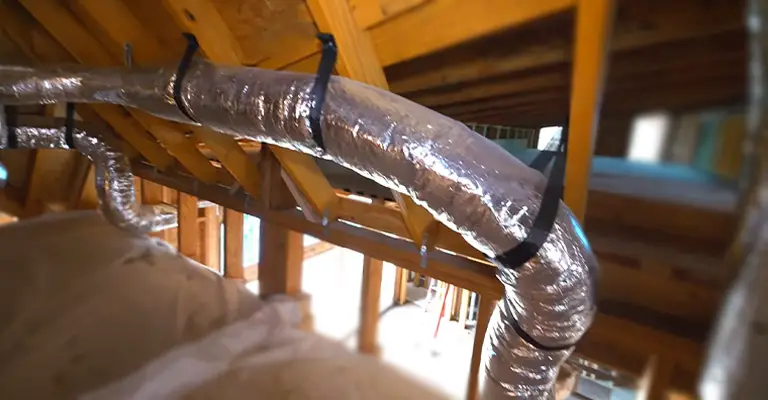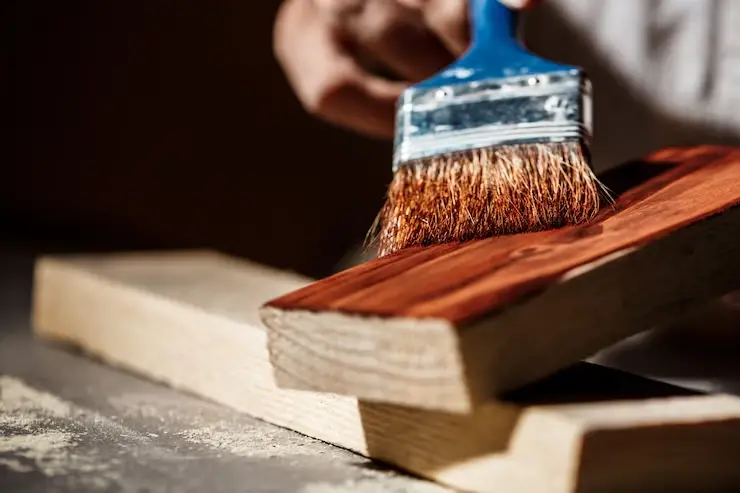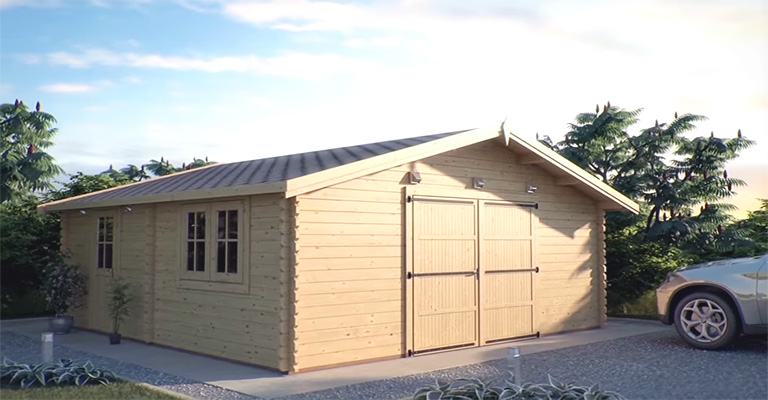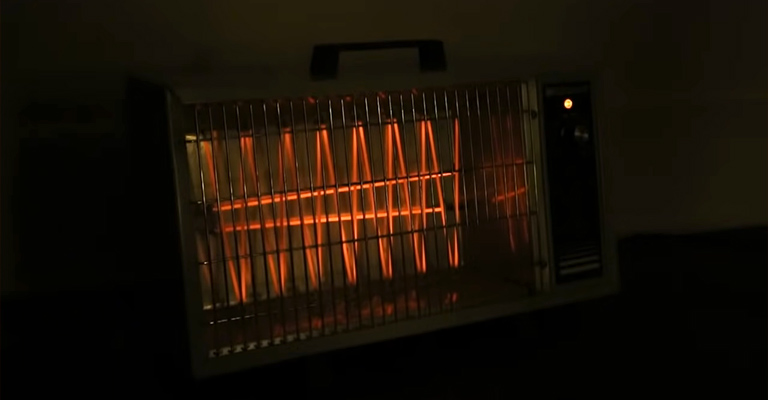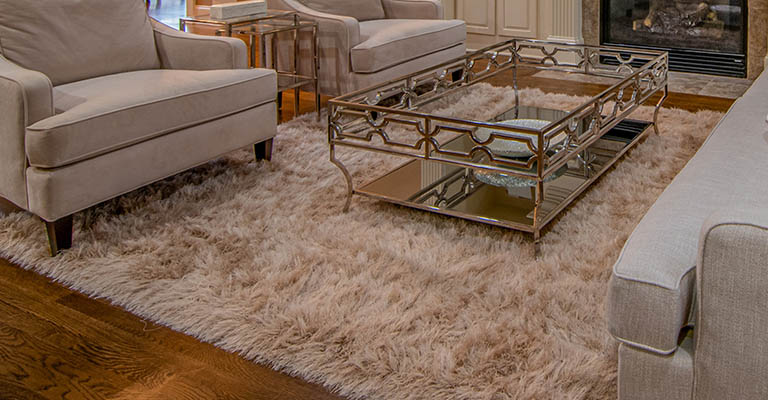Building Your Own Homemade Sauna
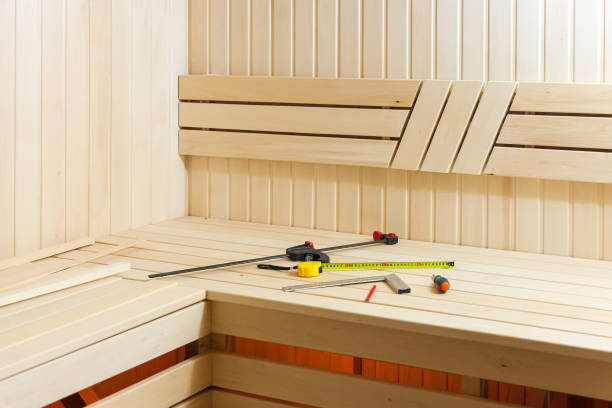
There’s nothing quite like the soothing sensation of a sauna. That gentle heat enveloping your body, the steam cleansing your pores, and the tranquility taking your mind to a peaceful state. If you’ve ever considered bringing this luxurious experience to your home, you’re in luck. Today, we delve deep into the realm of homemade saunas – understanding the basics, benefits, and a step-by-step guide to building your own.
Why Opt for a Homemade Sauna?
There are several compelling reasons to consider constructing a homemade sauna:
Cost-Effective
While initial investment is required, building a sauna at home is often more cost-effective in the long run than regular visits to spa centers.
Personalized Experience
Customize the sauna to fit your preferences – be it size, temperature settings, or aroma.
Convenience
Step into your wellness zone whenever you want, without having to travel or wait for your turn.
Key Components of a Homemade Sauna
Before we dive into the building process, let’s familiarize ourselves with the main components:
Frame
The skeleton or structure that will house the sauna.
Heater
The most critical element, responsible for generating heat. This can be a wood-fired heater, electric heater, or infrared.
Bench
Where you’ll sit or lie down to bask in the warmth.
Insulation
Essential for maintaining the temperature and making your sauna energy-efficient.
Ventilation
Ensures that fresh air circulates within, making the experience pleasant and safe.
Step-by-Step Guide to Building Your Homemade Sauna
1. Choose a Location
The first step is selecting the perfect spot. This could be an unused corner of your backyard, basement, or even a large bathroom. Ensure the location is easily accessible and can accommodate your desired sauna size.
2. Design and Measurement
Sketch a simple blueprint. Standard saunas are usually 7 feet tall, but the width and depth can vary based on your preference. Allocate space for benches and the heater.
3. Lay the Foundation
Prepare a solid base, preferably using concrete or tiles, to ensure longevity and safety.
4. Construct the Frame
Using rot-resistant wood like cedar or hemlock, construct the walls. These types of wood not only withstand the high temperatures but also add a pleasant aroma to your sauna experience.
5. Install Insulation
Use fiberglass or foil bubble insulation. This keeps the heat in and ensures your sauna warms up quickly.
6. Set Up the Heater
Based on your preference, install the heater. Ensure you follow manufacturer guidelines and safety precautions, especially with electric heaters. If you choose a wood-fired heater, ensure proper chimney setup to let out the smoke.
7. Ventilation
Drill a couple of small holes close to the floor and near the ceiling to ensure proper airflow.
8. Add the Benches
Install wooden benches, ideally at two levels – a higher one for those who prefer more heat and a lower one for a milder experience.
9. Door Installation
A non-insulated glass door is ideal as it can withstand the heat and allows you to see outside. Ensure it opens outwards for safety reasons.
10. Finishing Touches
You can consider adding mood lighting, aromatic oils for enhanced steam, or even a sound system for some calming music.
Maintenance and Safety
A homemade sauna requires regular maintenance. Ensure you:
1. Clean the interiors frequently to avoid mold and mildew.
2. Check the heater for any signs of wear or malfunction.
3. Always ensure proper ventilation when the sauna is in use.
4. Stay hydrated and limit your sauna sessions to avoid dehydration or overheating.
Benefits of a Homemade Sauna
Incorporating a sauna into your daily or weekly routine can offer a plethora of health and wellness advantages:
Detoxification
Regular sauna sessions can aid in flushing out toxins from the body through sweating. This natural detox process can enhance skin health and promote a radiant complexion.
Relaxation
The heat from the sauna stimulates the release of endorphins, the body’s natural painkillers. It can ease muscle tension, alleviate stress, and promote a state of mental tranquility.
Improved Circulation
The warmth widens blood vessels, facilitating improved blood flow. This can hasten muscle recovery post-workout and can help with conditions like arthritis.
Weight Management
While a sauna shouldn’t replace a structured exercise regimen, it can contribute to calorie burn due to the increase in heart rate from the heat.
Enhanced Immunity
Regular sauna use can lead to an increase in white blood cells, aiding the body in its fight against infections and ailments.
Customizing Your Sauna Experience
One of the main attractions of a homemade sauna is the ability to tailor the experience to your personal preference:
Aromatherapy
Incorporate essential oils like eucalyptus, lavender, or pine for a therapeutic steam session. These not only elevate the ambiance but also offer health benefits, from clearing nasal passages to inducing relaxation.
Sound Therapy
Install waterproof speakers to enjoy calming sounds, be it meditative music, nature sounds, or your favorite tunes.
Chromotherapy
Add LED lights that change colors. Different colors can stimulate various emotional responses and enhance the healing nature of your sauna session.
Challenges to Consider
While homemade saunas offer numerous perks, they come with their set of challenges:
Energy Consumption
Depending on the heater type and frequency of use, your energy bills could increase.
Installation Hiccups
Without prior experience or a clear guide, setting up can be a challenge. Always consider seeking expert advice or help if uncertain.
Upkeep
Regular maintenance is crucial to ensure the longevity and safety of your sauna.
Conclusion
The choice between an outdoor sauna and an indoor sauna often boils down to available space and personal preference. For those with spacious exteriors, a backyard sauna or barrel sauna fueled by wood burning techniques can be a sublime escape. On the other hand, an indoor setup, with perfectly aligned sauna benches and double-paned glass sauna doors, offers convenience and a cozy retreat without stepping outside. Sauna walls, whether for indoor or outdoor saunas, must be designed with the right building materials and accompanied by a vapor barrier to ensure efficiency and longevity.
Portable DIY saunas have also gained traction among enthusiasts who desire flexibility. From electric sauna heaters to infrared saunas, the market is brimming with options to cater to diverse needs. Light fixtures, strategically placed near the upper bench, can enhance the ambiance, while the right sauna door ensures safety and insulation.
In conclusion, crafting your own sauna—whether it’s a custom home sauna design or a simple DIY project—requires meticulous attention to detail. But with the right resources, even novices can enjoy the unparalleled luxury of home saunas. From selecting the prime spot for your sauna to choosing between infrared saunas and traditional ones, every step is a stride towards unparalleled relaxation and rejuvenation.

